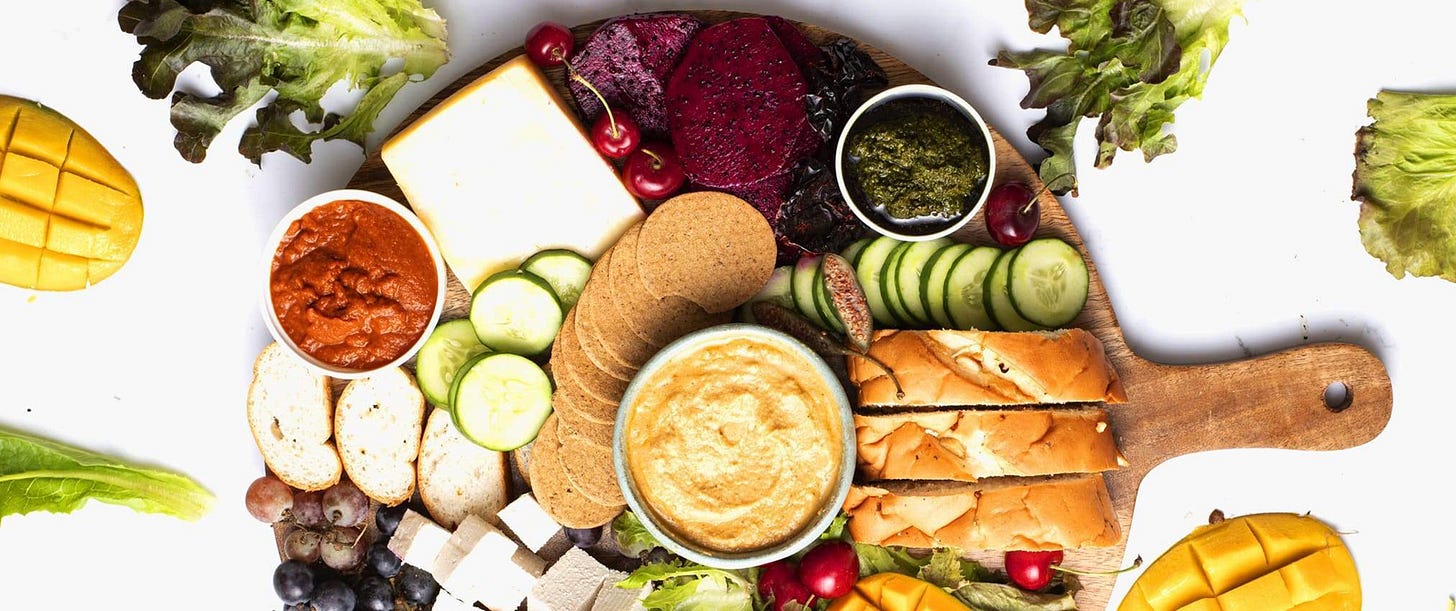Amasia invested in Living Food’s seed round in December, and I joined the board. This represents our first investment in an Indian company and the second in the food sector. We’re excited to work with the team, and here I want to explain why.
We began our journey with a better understanding of the climate crisis, and concluded that changing human behavior is really the key. I’ve written about this both for Amasia and then again at a more personal level, but our thesis can be boiled down to this: we invest in companies that help catalyze behavior change to build a safer and more sustainable planet.
We’ve looked into most of the macro trends, but one overwhelming fact is human population growth. It was 1 billion in 1800; it is 7.8 billion now; and will touch nearly 10 billion by mid-century. Population growth of this extraordinary magnitude places great pressure on two inextricably linked ecosystems: climate and food.
The climate crisis is set to drastically alter the food production landscape, forcing us to re-evaluate the structures underpinning the global food supply chain. Waste and loss arising from food supply chain inefficiencies are massive contributors to greenhouse gas emissions. Lengthening food value chains and resource-intensive farming systems underline the need for climate-positive innovations.
We’ve written about our investigation of the food ecosystem. That effort led us to identify eight sectors that align with our behavior change thesis: quality control, energy consumption, food waste management, surplus food, food rescue, agricultural IoT, food coaching, and digital marketplaces that enhance sustainable food consumption.
In digital marketplaces, we’re not looking for companies that provide consumers with a convenient alternative to physical retail -- the environmental impact of digital marketplace giants that rely on distribution centers is mixed. The more interesting opportunity lies in harnessing technology to help consumers reduce their carbon footprint, for example by shopping locally.
Living Food was founded to address these inefficiencies -- CEO Akash Sajith was spurred by his parents’ cancer diagnoses to make fresh and organic food more widely accessible. The company started with growing its own hydroponic greens that meet its strict standards on quality, and has since evolved into a digital marketplace for sustainable sourcing. Co-founder Shikha Lakhanpal leads business development efforts with deep domain expertise, holding a PhD focussing on Climate Change Mitigation and Sustainability from the University of Illinois Urbana-Champaign. Co-founder Niranjan leads product building efforts, having previously worked alongside Akash in building hyperlocal commerce startups like Lookup.
Living Food’s key competitive advantage lies in its ability to deliver on high freshness/quality while producing minimal food waste:
By sourcing locally, the company benefits from the close proximity, and is able to optimize delivery such that products reach customers “absurdly fresh” – often on the day of harvest/production.
Living Food procures exclusively from top local artisans using environmentally sustainable practices. These are reputable farmers, bakers, brewers, etc. who are likewise discerning -- they are willing to distribute through Living Food because they are aligned with Living Food’s commitment towards quality and sustainability.
This creates a virtuous cycle: the company’s current roster of artisans is augmenting its reputation for quality and sustainability, which in turn is attracting the interest of more top artisans across the country who also want to list their products on the platform.
Finally by operating digitally, Living Food generates minimal waste, a key challenge faced by competitors operating physical stores as they balance availability and freshness, i.e. build a larger stockpile to offer a greater variety and incur more wastage; or stock a smaller variety to reduce wastage and risk losing customers to “more convenient” stores.
As I have often noted in my essays, we cannot “engineer” our way out of the climate crisis and get to a more sustainable planet. We have to change our behavior, change it significantly, and change it at scale. That is really the only lasting solution that minimizes so-called “negative externalities”, as engineered solutions often have risks and downsides that only emerge decades later.
What we love about Living Food is that it helps us change behavior -- not by preaching to us or shaming us, but by actually delivering better food. Truly a win-win.



